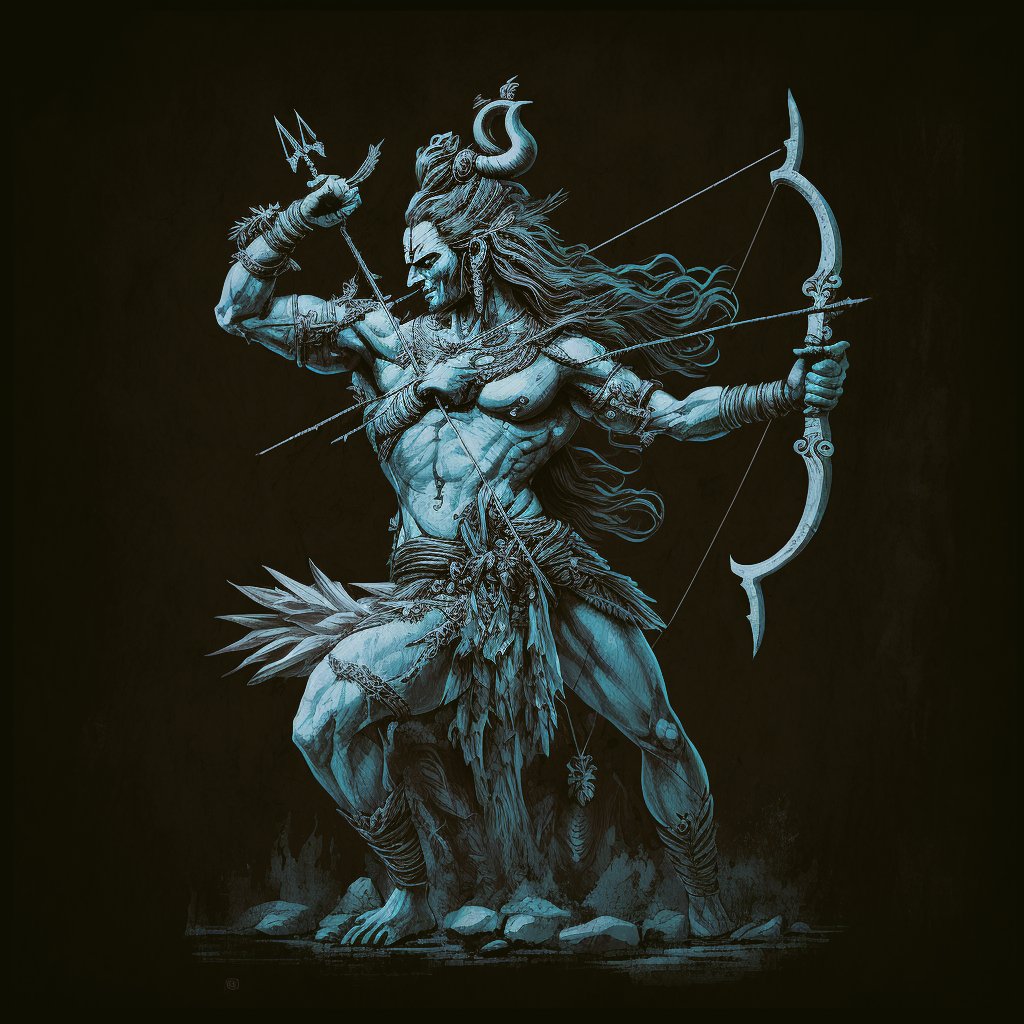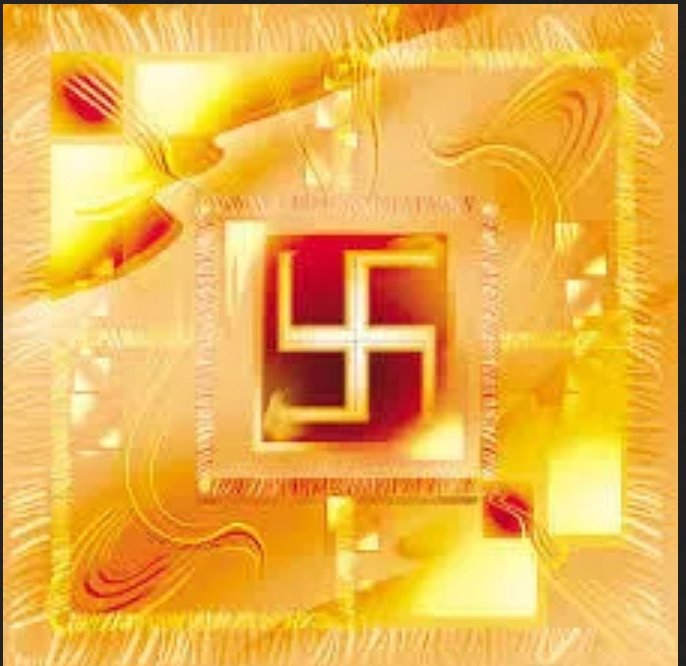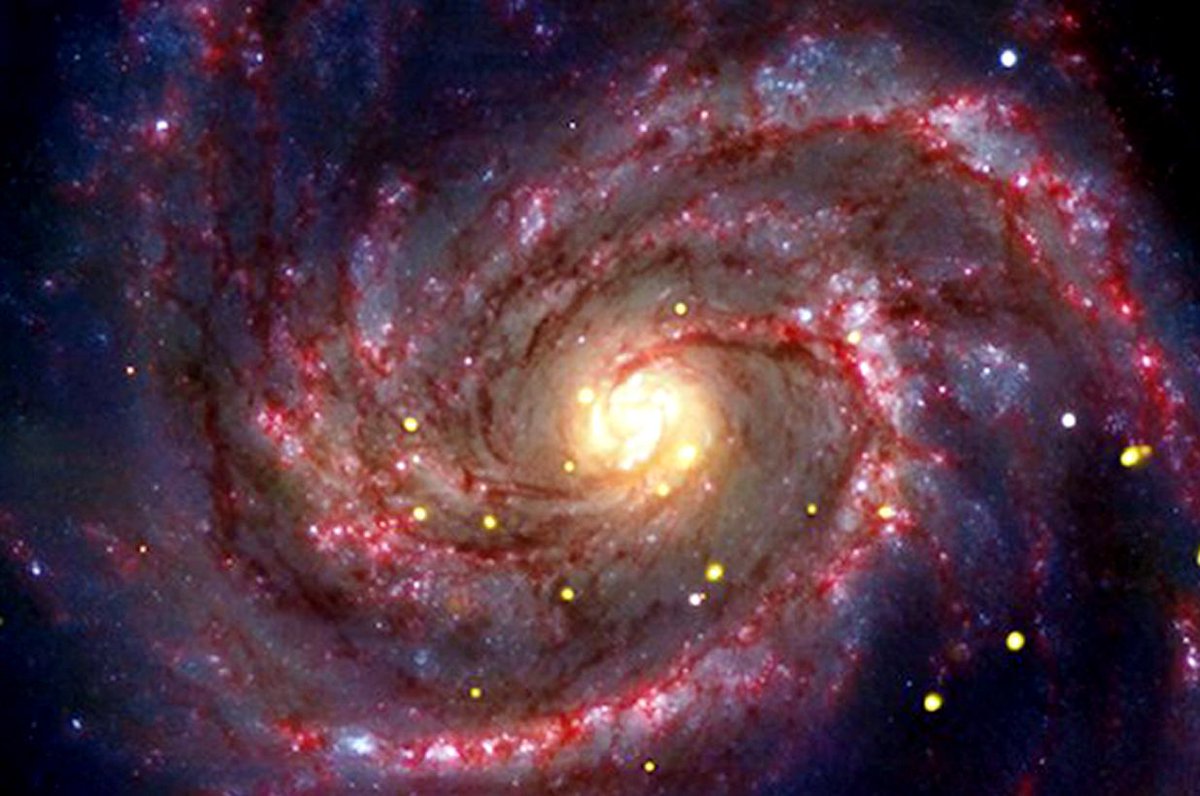2/ The tale begins with King Dasharatha and his desire for a son.
Dasharatha was King of the Kosala kingdom. Although he and his first wife Kausalya had a daughter
(Shanta), he had longed for a son – for he would be the one who would rule Ayodhya.
3/ Dasharatha, in order to please Lord Vishnu, performed the ritual of Asvamedha (horse sacrifice),
following which, he was blessed with four sons from his 3 favorite queens.
4/ Queen Sumitra, because she had received two portions of Ambrosia, give birth to twins
Lakshmana and Shatrughna – the youngest of the four.
5/ Queen Kaikeyi gave birth to Bharat
6/ And Queen Kausalya, unaware of his Divine destiny, gave birth to the eldest son; Lord Rama.
7/ Although they were only half-brothers the bond between Rama and Lakshmana was incredible. The two were inseparable.
While Lakshman was bigger than Rama, he still respected him as an elder.
8/ The four brothers grew up in Ayodhya. A city so rich and prosperous that it would often be considered the capital city of the world.
Here they received world class education in the Vedas and also some of the finest training in combat.
9/ Rama had grown up to become a strong and resourceful student. He was well versed with the Vedas and was an incredibly strong warrior.
11/ One day, Vishvamitra, the sage with an almost limitless power, appeared & compelled an
unwilling Dasharatha to let Rama join him on a quest to the forest to deal with the Rakshasas
spreading nuisance there.
Hearing this, Lakshmana also volunteered to fight the Rakshasas.
12/ Rakshasas were creatures that served loyally to Ravana, the king of Lanka.
These were shapeshifting man-eaters who would wreak havoc wherever they went.
They would
burn, loot, kill, and spread chaos wherever they chose to. And were especially devious around Sages.
13/ Upon reaching the forest, the three were confronted with Tataka. A female shape-shifting
Rakshasni.
14/ Tataka was an extremely powerful creature. She had the power of illusion. She could change
avatars and would assume the form of several hideous looking beasts.
Using these dark powers, she attempted at tricking the
brothers to conjure them in her trap.
15/ Recitting the mantras (Bala & Atibala) taught to him by Vishvamitra, Rama released a network of
arrows at the Rakshasi Tataka, who had assumed a vast form.
16/ He then released an arrow with the power of a thunderbolt so as to put an end to the Rakshasi.
17/ After defeating the Rakshasni and spending the night in a nearby village, the sage Vishvamitra
along with the two princes made their way to see Janaka, king of Videha (Mithila).
18/ Janaka gladly received the guests and was thrilled when Vishwamitra told him that they
intended to see the famous bow.
19/ Janaka explains that the bow belonged to lord Shiva, who upon being pleased had given this bow
to the gods – who in turn gave it to Janaka’s ancestor, Devarata.
He explains that whoever can string the mighty bow of Shiva will win his daughter Sita’s
hand for marriage.
20/ Goddess Sita, an incarnation of Goddess Lakshmi, is the daughter of Bhumi (earth) who was adopted by King Janaka.
21/ Lord Rama, being Lord Vishnu himself, had no challenge picking up the bow and examining it,
surprising all those who had gathered to watch.
22/ He then attempted at stringing it, causing the seemingly impossible to happen – the bow to break
into two parts
23/ Seeing this as a sign of his divinity, Sita readily put the flower garland around Rama’s neck,
signaling a yes from her for the marriage.
Following which messengers were sent out to invite the
royal family and their ministers from Ayodhya.
24/ Lord Rama and Goddess Sita got married as per the spiritual codes, with the celebrations
throughout the kingdoms of the world.
25/ As per the suggestion of Brahmins and sages, Sita’s sister Urmila wed Rama’s brother Lakshmana, and
Janaka’s brother Kushadhvaja’s daughters married Rama’s other brothers Bharata and Shatrughna.
26/ Upon their return to Ayodhya, Dasharatha and his family resumed their lives as the royal family of Ayodhya.
Rama and Sita, along with Lakshman and Urmila began assisting Dasharatha in his duties towards the kingdom.

























